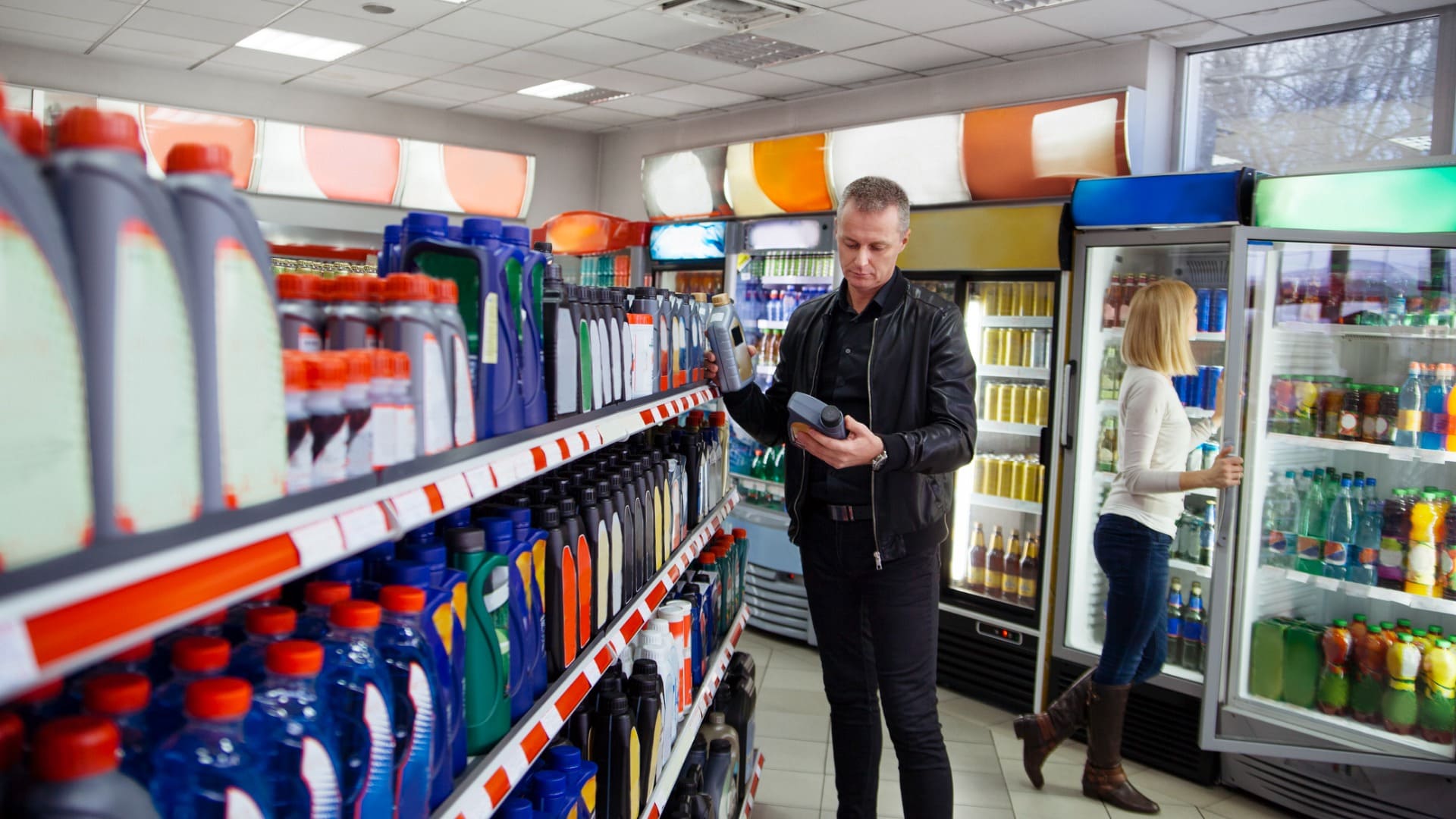Mark Thomas, Director – Operational Excellence (UK)
In the opening post of this series, The Humble Queue, I left you with a final thought which we will aim to explore in this, the second in our series of articles centred around the retail front end (also see series Part 3.)
The thought I left you with, was: If you “think” you’ve got too many checkouts open, it’s the right number.
This is one of my go-to lines when trying to explain the delicate balancing act of managing a front-end operation. However, on most occasions I get a confused stare looking back at me, leading me to have to explain my thinking. I’ll get that out of the way now.
If you think you’ve got too many checkouts open, you do not know!
Yes, you may well have too many open, but you do not know for sure. Therefore, do nothing until you know you have too many open.
In my experience, this is the optimum spot to be in. When you think you’ve got too many checkouts open, what you are actually doing is protecting yourself from queues forming and removing the need to have to react when they do indeed form. It is cheaper and more effective long term to protect queues from forming, than it is to react to queues once they are in situ.
Here is an actual example from a store we visited in the US.
wp:image {“align”:”center”,”id”:16998,”sizeSlug”:”full”,”linkDestination”:”none”} –>

On the face of it, it looks like a pretty good graph. At no stage does the number of customers exceed the queueing capacity, and the lines on the graph are close together which is the sign of running a good ship. This particular retailer aims for the 1+1 standard. 1 customer being served, 1 in the queue. But what can we actually see happening? Each time the available checkouts (blue line) is reduced, the customer volumes increase shortly afterwards.
Rather than maintaining a consistent number of open checkouts, there is a lot of movement, open, close, open, close. Each time it looks like a queue could form more checkouts are opened. Once the threat subsides, they are closed again. Great from a customer view, not necessarily from a budgeting or scheduling perspective. Could they have achieved both? Yes.
If the store had followed the green line, with a consistent number of checkouts before and then after 5pm, there are significant savings to be had, and the queueing metric would have been comfortably met.
I’ll caveat this by saying that it is impossible to prepare for every scenario. If the business mission is to provide 1+1 for every customer, the costs would be astronomical. You have to build in a level of failure to any modelling that accounts for unforeseen spikes in demand. Most large global retailers will accept a 90% to 92.5% success rate of any queueing metric as achieving.
By applying the thinking above, cashier idle time will reduce to a satisfactory level.
When you’re sat nicely in your optimum position—thinking you have too many checkouts open, reported cashier idle time should be between 15% and 19%. Any higher than this and you are over staffed. Any less and you will, without question, have queues. Whilst a 4-5% “window” of acceptability may seem large, this is due to the constant variation in basket size. We will touch on the challenges that fluctuating basket sizes can have on your operation and reporting in the next installment of this series.
Accurate labor modelling will provide you with a schedule based on historic trends, with forecasting AI in play to predict the future. Anyone who has worked in retail will know that every day is different, and there is constant uncertainty around confidence levels when predicting your customer patterns and habits. Therefore, even when the labor model and scheduling output is as good as it can get, you still need the boots on the ground to manage the variations. Moreover, you need boots on the ground that understand the nuances of queue management—understanding the fine line between knowing and thinking you have too many checkouts open.
You may be surprised that I haven’t mentioned what you should look for to understand whether you have too few checkouts open. That’s because there is nothing to add… If you think you’ve not got enough, you haven’t. By this point it is likely queues have started to build and the signs of having too few checkouts open are clear for everyone to see.
So, when considering which team members will be managing queues or your front end in general, my experience has shown that by simply taking them through the thinking above, and stressing the point below, you will achieve better queue management, increased customer satisfaction, staff morale, and most importantly your staff retention will stabilise or in many cases increase.
“If you think you’ve got too many checkouts open, you do not know! Yes, you may well have too many open, but you do not know for sure. Therefore, do nothing until you know you have too many open.”
To answer the “how many” question, the right number of checkouts to have open is when you think you’ve got too many…
Try it and let me know your thoughts or results.
In our next post in this series we will explore the scheduling of your front-end team, including key watch outs and golden nuggets for mitigating the variability in your operation.




